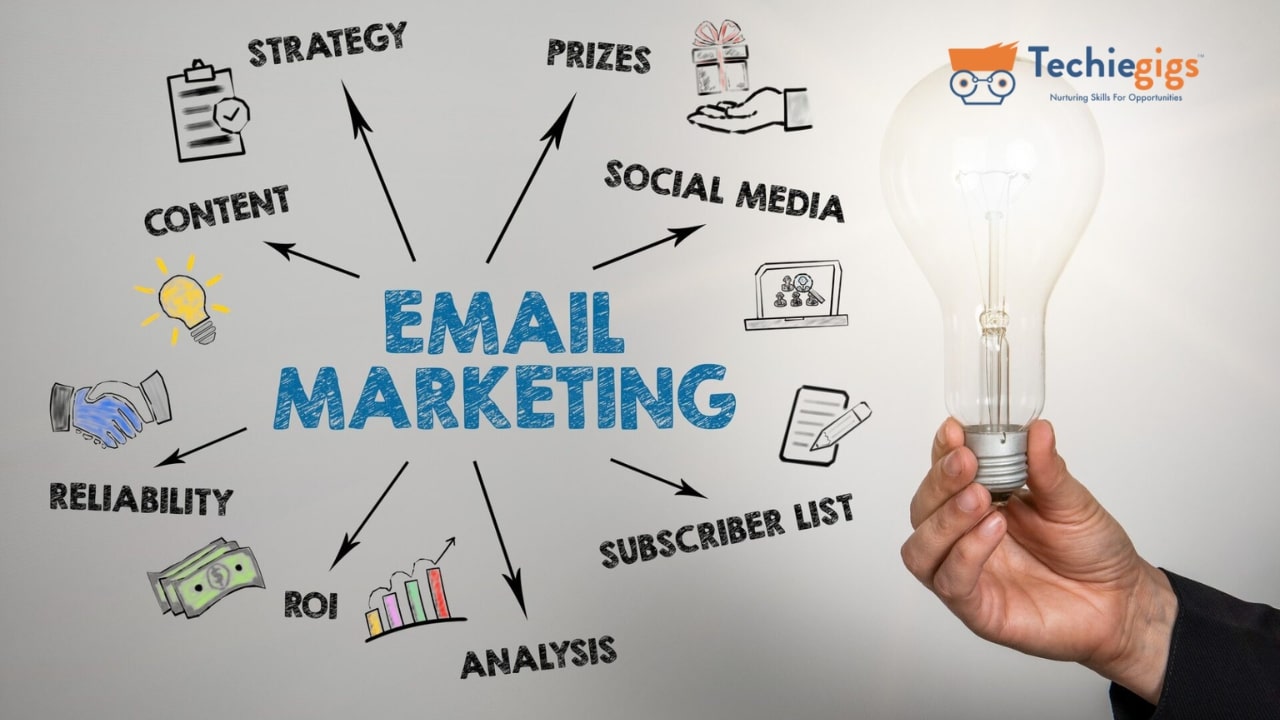Segmenting Your Email List: Why It’s Essential and How to Do It Right
 Tannu
Tannu
In the world of digital marketing, email remains one of the most effective channels for engaging with your audience. However, sending the same message to your entire email list is no longer a viable strategy. To truly connect with your subscribers and achieve higher conversion rates, segmentation is key. Let’s dive into why email list segmentation is essential and how to do it the right way.
Why Email List Segmentation Matters
Email segmentation is the practice of dividing your email list into smaller, more targeted groups based on specific criteria. This approach offers several advantages:
Increased Open Rates: Personalized emails are more relevant to recipients, leading to higher open rates.
Improved Click-Through Rates: Segmented campaigns deliver content that resonates, encouraging more clicks.
Reduced Unsubscribes: Subscribers are less likely to leave your list when they receive messages tailored to their interests.
Enhanced Customer Experience: Providing value through personalization builds trust and fosters loyalty.
Higher Revenue: Targeted emails are more likely to convert, driving sales and boosting ROI.
How to Segment Your Email List
Effective segmentation requires understanding your audience and leveraging the right tools. Here’s a step-by-step guide:
1. Collect the Right Data
To segment effectively, gather data about your subscribers. This can include:
Demographics: Age, gender, location, occupation.
Behavioral Data: Website activity, purchase history, email engagement.
Preferences: Interests, product preferences, communication preferences.
Lifecycle Stage: New subscribers, loyal customers, lapsed customers.
Use sign-up forms, surveys, and analytics tools to collect this information.
2. Define Your Segments
Create segments that align with your business goals and audience needs. Common segmentation categories include:
Geographic Segmentation: Tailor messages based on location (e.g., region-specific promotions).
Demographic Segmentation: Focus on age, gender, or occupation.
Behavioral Segmentation: Target users based on actions like past purchases or site visits.
Engagement Segmentation: Divide subscribers into active, semi-active, and inactive groups.
Interest-Based Segmentation: Cater to specific interests or preferences.
3. Use Email Marketing Tools
Email marketing platforms like Mailchimp, ActiveCampaign, or HubSpot offer robust segmentation features. These tools allow you to:
Automatically segment based on criteria.
Create dynamic segments that update as subscriber data changes.
Test different segments with A/B testing.
4. Personalize Your Content
Once segments are defined, craft personalized content for each group. Consider:
Subject Lines: Use the subscriber’s name or reference their interests.
Email Body: Highlight products, services, or information relevant to the segment.
CTAs: Customize calls-to-action to align with the segment’s goals.
5. Monitor and Adjust
Track the performance of your segmented campaigns using metrics like open rates, click-through rates, and conversions. Use this data to refine your segments and improve future campaigns.
Best Practices for Email Segmentation
To maximize the benefits of segmentation, follow these best practices:
Start Simple: Begin with a few key segments and expand as you gather more data.
Keep Your Data Updated: Regularly clean your email list and update subscriber information.
Respect Privacy: Be transparent about how you collect and use subscriber data.
Test and Iterate: Experiment with different segments and strategies to find what works best.
Focus on Value: Always prioritize delivering value to your subscribers.
Examples of Effective Email Segmentation
E-Commerce: Send product recommendations based on purchase history.
B2B Businesses: Target content based on industry or job role.
Event Promotions: Invite subscribers in specific locations to nearby events.
Re-Engagement Campaigns: Reach out to inactive subscribers with special offers.
Seasonal Campaigns: Tailor messages to holidays or seasonal trends.
Final Thoughts
Email list segmentation is no longer a luxury but a necessity for successful digital marketing. By understanding your audience and delivering personalized content, you can boost engagement, improve conversions, and build lasting customer relationships. Start small, stay consistent, and watch your email campaigns thrive.
Subscribe to my newsletter
Read articles from Tannu directly inside your inbox. Subscribe to the newsletter, and don't miss out.
Written by
